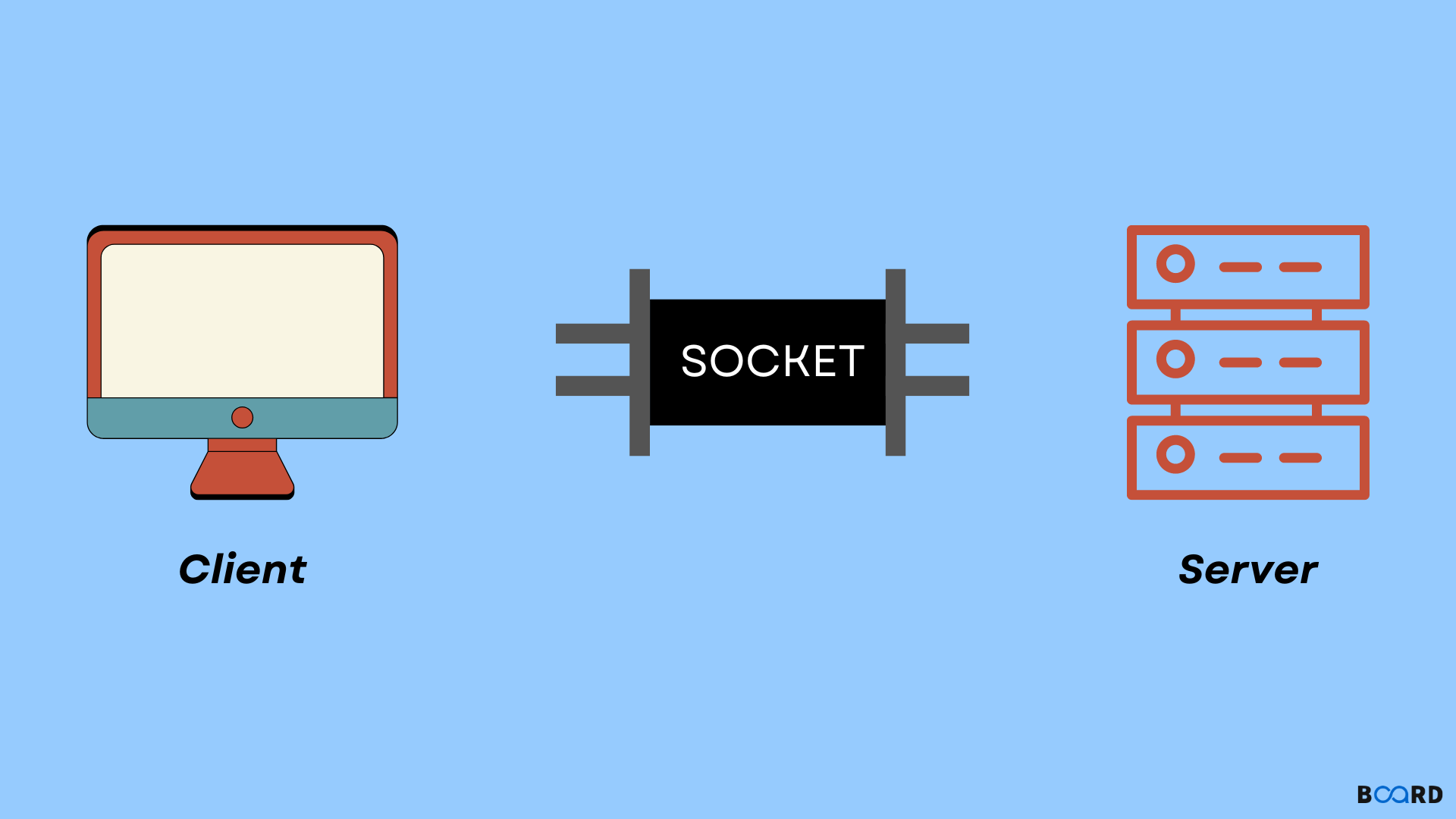Socket in Computer Network

Introduction
A socket is a communication endpoint in a computer network that allows two computers to communicate with each other. It is a software construct that allows a computer to send and receive data over the network.
For example, consider a client computer that wants to send a request to a server to access a webpage. The client creates a socket and sends the request to the server through the socket. The server receives the request and sends a response back to the client through the same socket. This allows the two computers to communicate with each other and exchange d## ata.
Sockets can be used for various types of communication, such
as HTTP, FTP, and email. They are an essential part of the networking infrastructure that allows computers to communicate with each other and exchange information. Without sockets, it would not be possible for computers to communicate with each other over a network.
Types of Sockets
There are several types of sockets in computer networking:
- Datagram Socket
- Stream Socket
Datagram Socket
A datagram socket is a type of network socket that allows data to be sent and received in a connectionless manner. This means that there is no established connection between the sender and receiver before data is sent, and each datagram (packet) of data is treated as a separate unit. This allows for more flexibility and faster communication, but also means that there is a higher risk of data loss or corruption due to lack of error checking and retransmission. Datagram sockets are commonly used in real-time applications where latency is important, such as streaming audio or video.
Stream Socket
A stream socket is a type of network socket that provides a connection-oriented, full-duplex communication channel between two network devices. It allows for the exchange of data between the devices in a continuous flow, similar to a stream of water.
Stream sockets use the Transmission Control Protocol (TCP) to establish a connection and transmit data. TCP ensures reliable data transfer by acknowledging the receipt of data packets and retransmitting any packets that are lost during transmission. This makes stream sockets suitable for transferring large amounts of data, such as file transfers and video streaming.
Stream sockets can be used in a variety of applications, including web browsers, email clients, and online games. They are commonly used in client-server architectures, where the client initiates a connection to the server and sends requests for data or services. The server then responds to the requests and sends the requested data back to the client.
Overall, stream sockets provide a reliable and efficient way for devices to communicate and exchange data over a network.
| Function Call | Description |
|---|---|
| Bind() | assigns a local IP address and port number |
| Listen() | receive incoming data on a network connection |
| Connect() | establish a connection between two devices |
| Accept() | waits for incoming connection request and creates new socket for it |
| Write() | sends Data |
| Read() | receives Data |
| Close() | closes a connection |
| Socket() | creates an endpoint for communication |